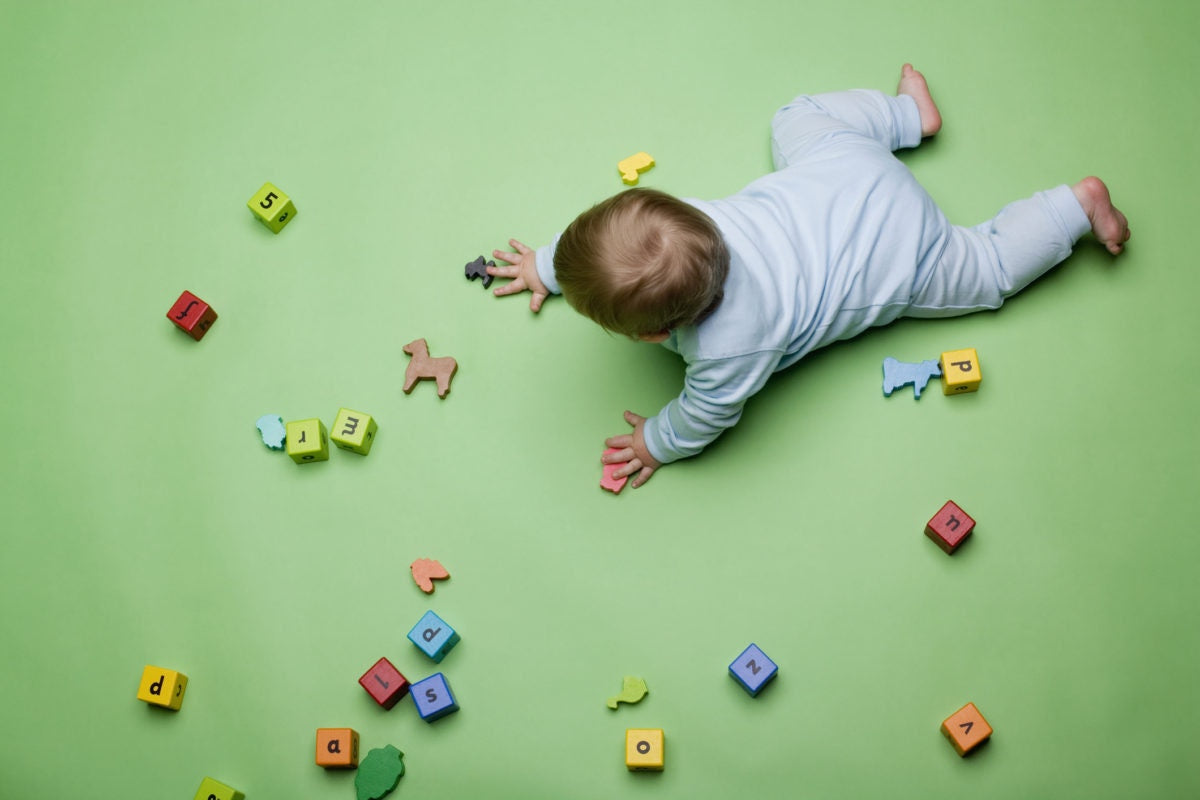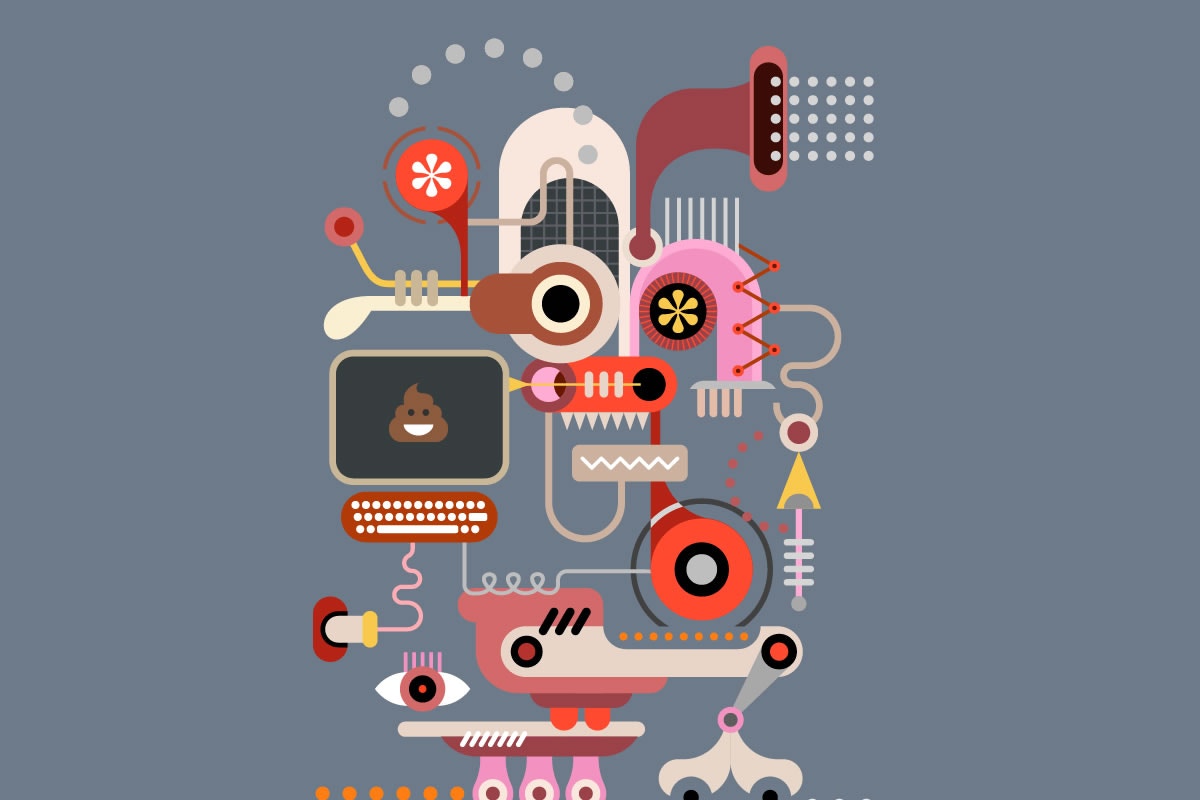Walk past a supermarket checkout stand and you can't help but see models and celebs in bikinis and slinky outfits plastered across magazine covers. Tween favorites such as Taylor Swift and Beyoncé appear all over the internet in glamorous outfits with incredible hair and makeup. Ads on billboards, buses, and subways display long-legged models selling everything from liquor to lipstick. We're all bombarded with images of men and women – famous or not – who look perfect. Too perfect. And that's thanks to photo editing, which, as many of us know, can eliminate a model's pimples, make a celeb's cellulite disappear, lengthen legs, slim waists, and erase wrinkles.
But kids may not understand the powers of Photoshop. They see unrealistic bodies and faces and clothing, especially on folks they admire, and feel inadequate as a result. Several studies have shown that reading women's fashion magazines or looking at images of models has a
negative effect on women's and girls' self-esteem. Even photos of friends on Instagram or Snapchat appear perfect, thanks to flattering filters and selfie-editing tools. That's why it's important to teach kids about the reality behind the images that surround them. Empowering kids to see behind the photo spreads and advertisements can help combat the negative effects of these images.
Add your voice
The good news is, some kids – and even some celebrities – are talking back to the beauty and advertising industries and taking action to encourage more realistic images. Young people have asked magazines that cater to kids and teens, such as Seventeen
, to do more photo spreads that don't use Photoshop.
Glamour magazine opted out of Photoshop for its February 2017 issue. Some clothing companies, such as ModCloth, have agreed to not alter the images of models they use in their ads. Celebrities (including Zendaya and Lena Dunham) have stepped up to show a more realistic image of themselves online and in photo shoots. In doing so, they help pull back the curtain on the amount of retouching that goes on in Hollywood and beyond. Not sure how to approach this subject with your kid? Here are some ideas:
Do a reality check
Make sure kids know that almost every photo in magazines and advertisements has been altered. Show examples
before and after photos of models and celebrities to underscore the stark difference between them. (
My Pop Studio is a great site to help kids understand what goes on behind the scenes at magazines and other media outlets.)
Play "Spot the Photoshop"
See who can spot the retouching on any ads or photos you come across. Search online for "Photoshop fail" and you'll come across some amazing examples of how poorly the tool can be used.
Talk about the disconnect
Plenty of celebrities have come out against being Photoshopped. Meghan Trainor explicitly calls it out in her song "All About That Bass" with the lyric "We know that s--t ain't real." Ask your kids why they think the industry insists on putting out unrealistic images (it's usually all about the money). What would they do as the photo editor of a magazine? Would they airbrush the models or let their so-called imperfections shine?
Connect the dots
Discuss the connection between fantasy images and the products being marketed. Talk about how photos are used to sell magazines, specific products, celebrities’ brands, and more.
Ask questions
Get kids to think about how images affect both
male and
female viewers, and how images can distort our ideas about what's healthy or beautiful. What would your kids say to a friend who felt bad after looking at an unrealistic image? How might you encourage them to celebrate their inner qualities? What kinds of things can you do to make yourself feel good?
Look for backup
Help kids locate resources to take action. Find out how to sign or start petitions. Encourage kids to speak up about these images in their classrooms, through their social networks, and among friends. (Check out Common Sense Media's
list of sites that encourage social action.)



